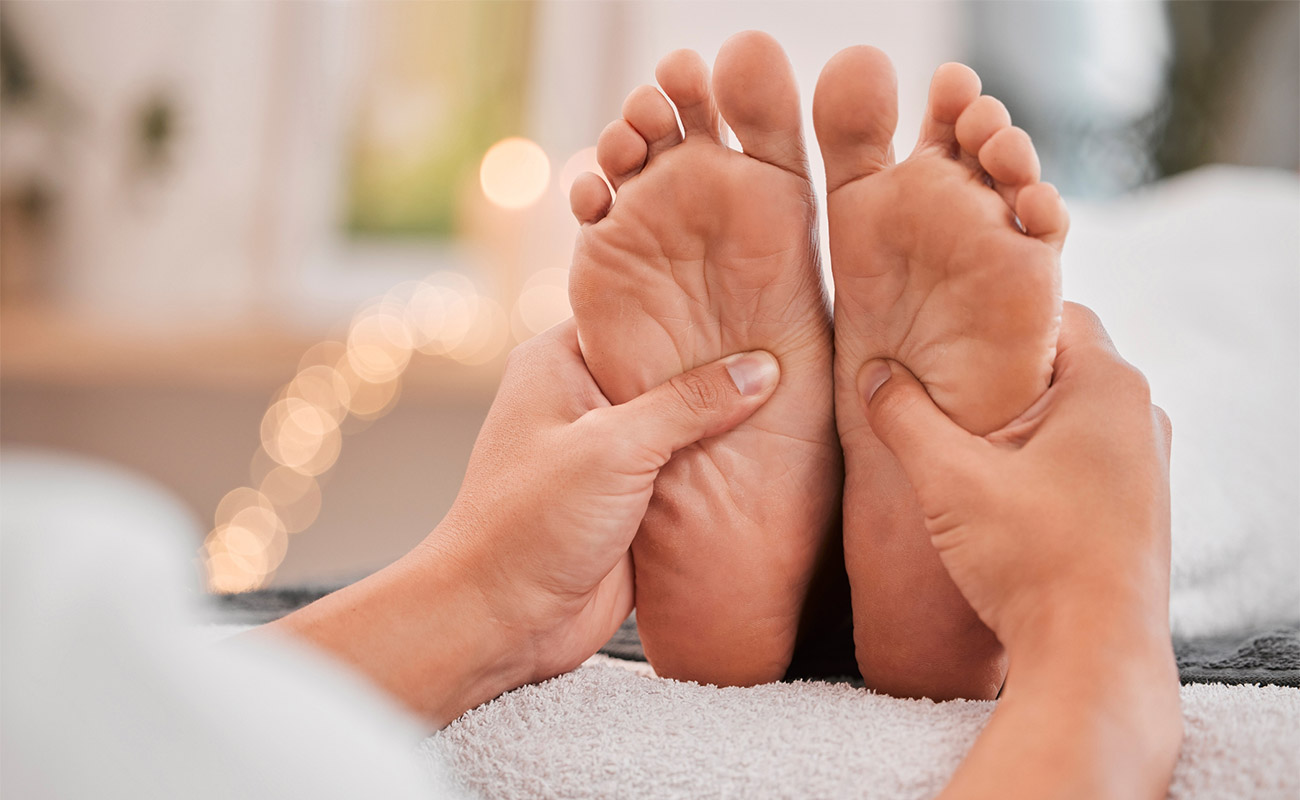
Reflexology is an ancient healing technique that has been made use of for hundreds of years to promote relaxation, boost circulation, and sustain the body’s all-natural healing procedures. This alternative therapy is based on the concept that specific points on the ears, hands, and feet correspond to different organs and systems within the body. By applying stress to these factors, reflexologists intend to promote the body’s own recovery systems and recover equilibrium.
The History and Origins While the specific beginnings of reflexology are vague, evidence recommends that similar methods were utilized in old Egypt, China, and Native American societies. Modern reflexology was established in the early 20th century by Dr. William Fitzgerald, that introduced the concept of “zone treatment.” This was later on improved by Eunice Ingham, that mapped out the reflexology factors on the feet that are still used today.
Just How Does Reflexology Work? Reflexology is based on the concept that the body is separated into 10 vertical zones, each corresponding to different parts of the body.
The Benefits of Reflexology Proponents of reflexology declare a wide variety of benefits, including:
Tension reduction and relaxation Improved flow Pain relief Enhanced immune function Better rest high quality Increased power degrees Support for digestion concerns What to Expect During a Reflexology Session A normal reflexology session lasts between 30 to 60 minutes. The specialist will start by discussing your health history and any current worries. You’ll then rest or being in a comfortable placement, usually with your socks and footwear removed. The reflexologist will certainly use their hands to apply pressure to particular factors on your ears, feet, or hands. The pressure should be not painful yet solid. Many people locate the experience deeply enjoyable and may even sleep throughout the session.
Is Reflexology Right for You? Reflexology is generally taken into consideration safe for most people and can be a complementary therapy alongside conventional clinical treatments. However, it’s important to seek advice from with your doctor before attempting reflexology, especially if you have certain health and wellness problems or are pregnant. While reflexology ought to not be used as an alternative for needed healthcare, it can be a valuable device for promoting general health and managing stress.
Final thought Reflexology uses an unique method to health and wellness, focusing on the interconnectedness of the body’s systems. Whether 秋葉原 looking for remedy for certain symptoms or just seeking a way to de-stress and relax, reflexology may deserve checking out. Just like any kind of complementary treatment, it’s important to approach reflexology with an open mind and reasonable expectations. By collaborating with a qualified practitioner and keeping open communication with your medical care group, you can discover whether reflexology is the right addition to your wellness regimen.
The History and Origins While the exact beginnings of reflexology are vague, evidence recommends that comparable practices were utilized in ancient Egypt, China, and Native American societies. Reflexology is based on the idea that the body is separated into 10 vertical zones, each matching to various parts of the body. Anxiety decrease and leisure Improved blood circulation Pain alleviation Enhanced immune feature Better sleep high quality Increased energy degrees Support for digestion problems What to Expect During a Reflexology Session A normal reflexology session lasts between 30 to 60 minutes. Conclusion Reflexology supplies an one-of-a-kind approach to wellness and health, concentrating on the interconnectedness of the body’s systems.
19 October, 2024
0 Comments
1 category
Category: Blog
